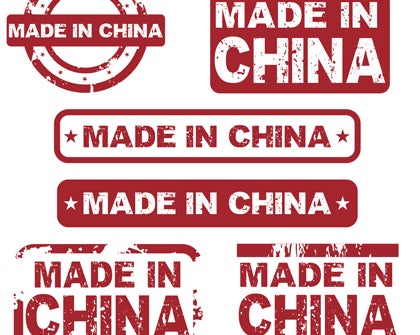In China’s Evolving Role in Latin America: Can It Be a Win-Win?, Enrique Dussel Peters explores relations between China and Latin America and the Caribbean (LAC), the importance of appropriate strategic planning, and the measures necessary to ensure the connection is beneficial for both parties.
He emphasizes China’s fundamental role in the global economy as the world’s largest exporter, the most dynamic importer, and the second-largest source of foreign direct investment (FDI). He also draws attention to the unusual fact that the public sector controls 50% of the gross domestic product, including ownership of both local and multinational companies.
The author identifies four trends in the linkages between China and LAC:
First, he outlines China’s strategy, including long-term goals based on the presence of abundant natural resources in LAC, with specific areas of cooperation such as trade, investment, infrastructure, and energy. This strategy has led to visits from Chinese delegations and high-level officials to countries in the region, as well as to their involvement in multilateral agencies such as the Inter-American Development Bank (IDB) and the Economic Commission for Latin America and the Caribbean (ECLAC). The First Ministerial Meeting of the Forum of China and the Community of Latin American and Caribbean States (CELAC) has also taken place, at which the plan for 2015–2019 was outlined, with a focus on growing trade and investment.
Second, the paper describes China’s capacity for providing “turnkey projects” (a group of products in one package) in LAC that include trade, financing, investments, and supporting services, as a result of the public sector’s presence in its economy. Since 2000, LAC has increased its trade with China significantly, with a deficit balance for the Caribbean, Central America, and Mexico, while exports to China are more concentrated than LAC’s total exports. Likewise, the economic importance of LAC for China has increased, as the former has become an important supplier of raw materials. In addition, China has increased its FDI flows in several countries in the region. This FDI comes from Chinese public enterprises and is oriented toward the acquisition of raw materials.
Third, the paper shows that China has committed to loans for specific energy and transport infrastructure projects in the region.
Fourth, it highlights the fact that LAC and China share a deep cultural relationship, which is evident in the growing educational exchange programs between the two and in conventions for the promotion of Mandarin Chinese in several countries in the region.
The author draws attention to certain relevant issues in China’s relations with five LAC countries:
- Argentina: Soybeans have become relatively more important than soy oil in Argentine exports to China. Likewise, swap and bilateral agreements have been signed for Chinese investment in the country, with preferential access for Chinese inputs and labor.
- Brazil: The relevance of China and Brazil increased in forums such as the G-20 due to their role in the BRICS group, and they have signed a series of cooperation agreements on investment, trade, and science and technology, among other topics. The challenge is ensuring that Chinese investments promote backward and forward linkages, in order to avoiding the concentration of exports in a few products such as iron and soybeans.
- Cuba: There are political and economic agreements between the two countries in investment, trade, education, and culture, among others. Cuba’s exports to China are concentrated in sugar and nickel, while China is interested in investing directly in the island.
- Mexico: According to the author, there are difficulties in the economic and political relations between the two countries, as has been evident of late. He points out the structural trade deficit, the limited relevance of Chinese FDI in Mexico, the country’s lack of a long-term strategy with China, and China’s lack of knowledge of its national interests or legal framework, among other factors.
- Venezuela: The relationship goes beyond trade, with Venezuela repaying its debt using oil, on the basis of its reserves and China’s needs.
In this context, the author concludes by pointing out the importance of improving the institutional capacity of LAC countries and China’s knowledge of them. He stresses that while China is showing its strategy towards LAC, the region has not committed to understanding the Chinese political system or China’s business, investment, and education initiatives. In this regard, he made certain policy recommendations to enhance linkages between the two.
- LAC needs a post-commodities boom strategy toward China, with the goal of achieving regional economic development.
- Regional institutions such as the IDB and ECLAC could play a part in evaluating the agreements offered by China and the effects of Chinese investments, so as to improve the contractual quality of these agreements.
- National governments should identify public-sector, private-sector, and academic interests and define common strategies towards China.
- LAC countries should establish working groups with China to promote transparency and mechanisms for promotion and evaluation.
- Trade and investment agreements should be based on common understanding and reciprocity as a foundation for negotiations.
The value of the document resides in the fact that it reveals concisely the implicit complexities in LAC’s relationship with China as long as this characterized by a lack of knowledge, and the need to take on both national and regional actions for this link to benefit both parties.





